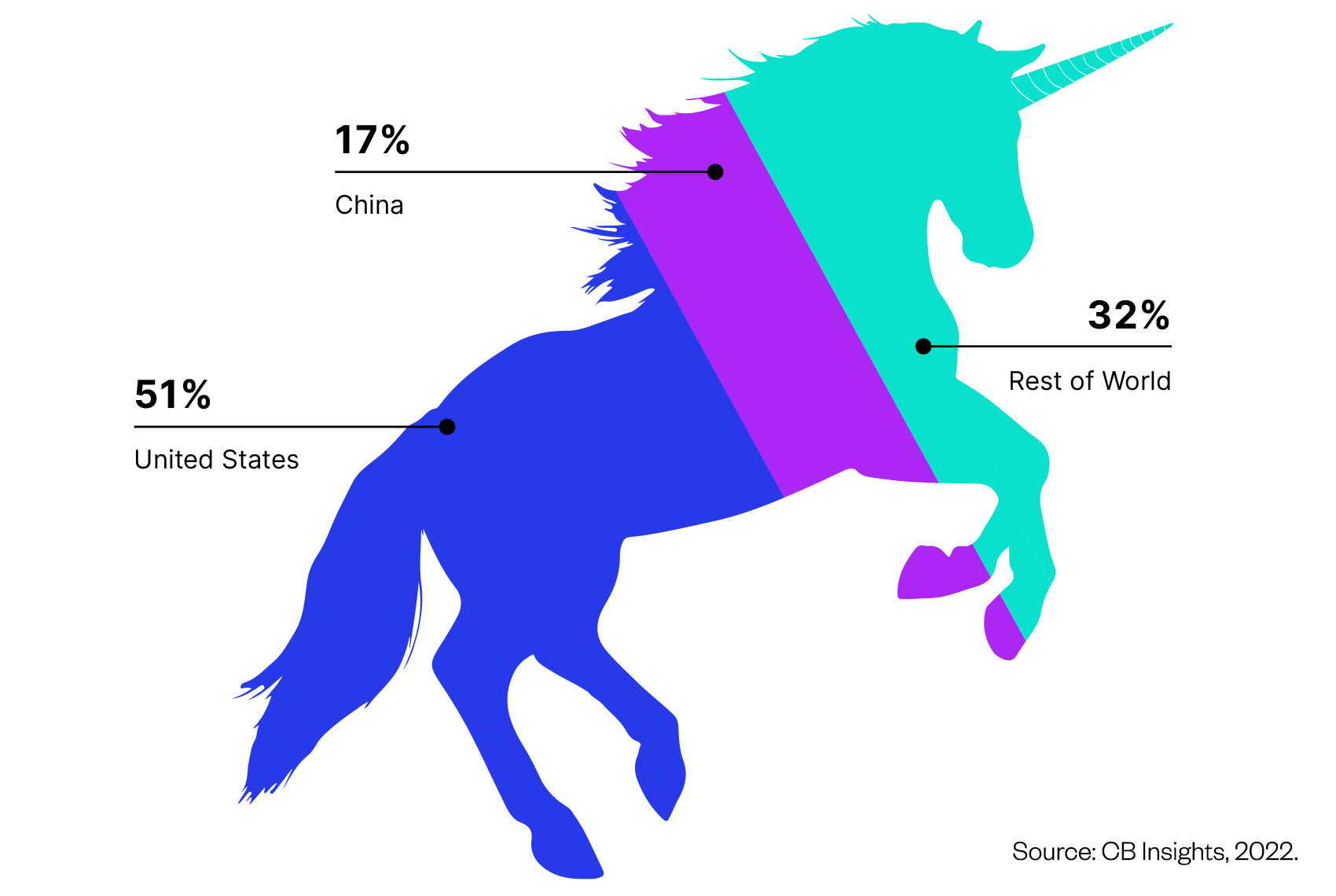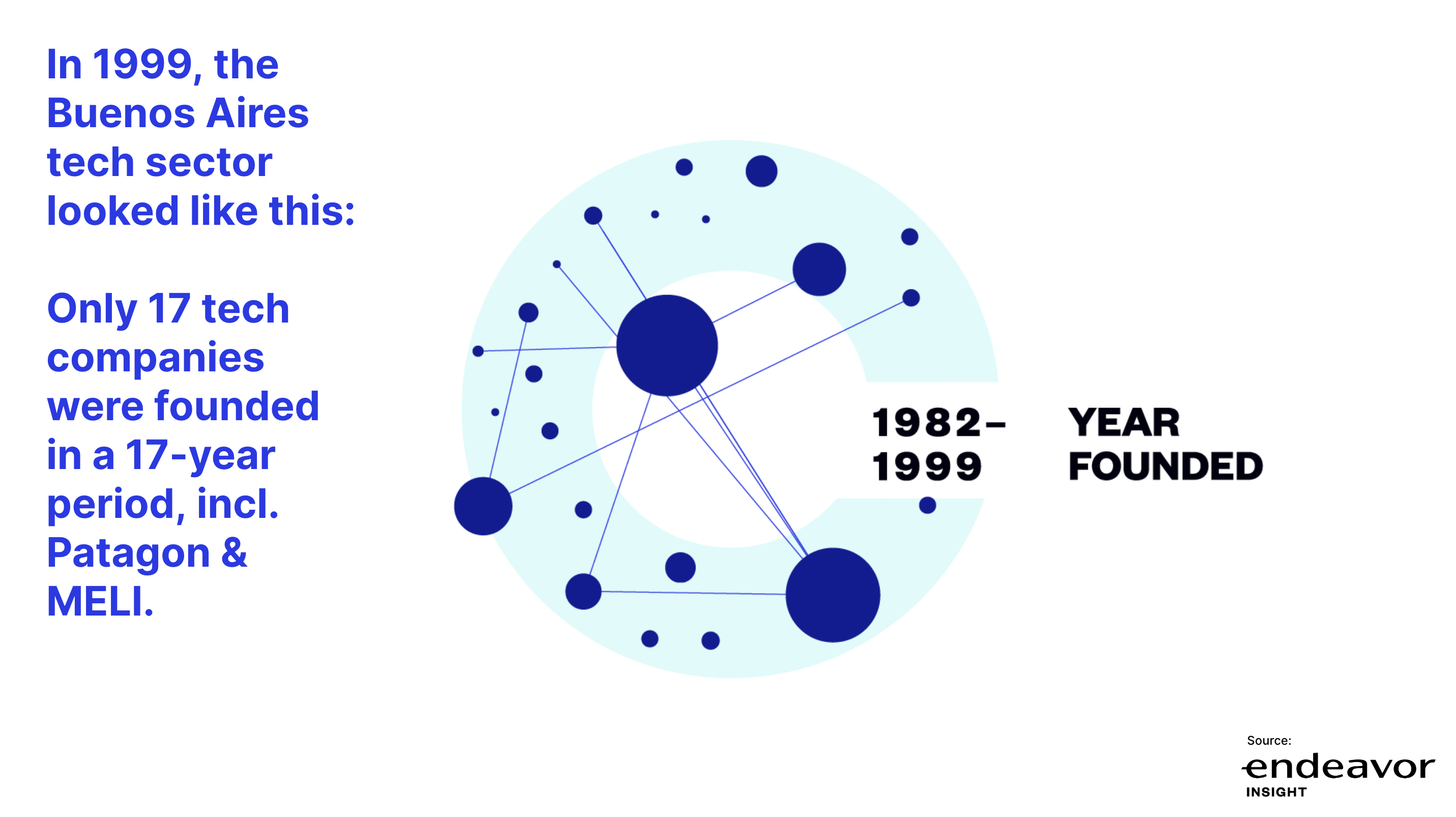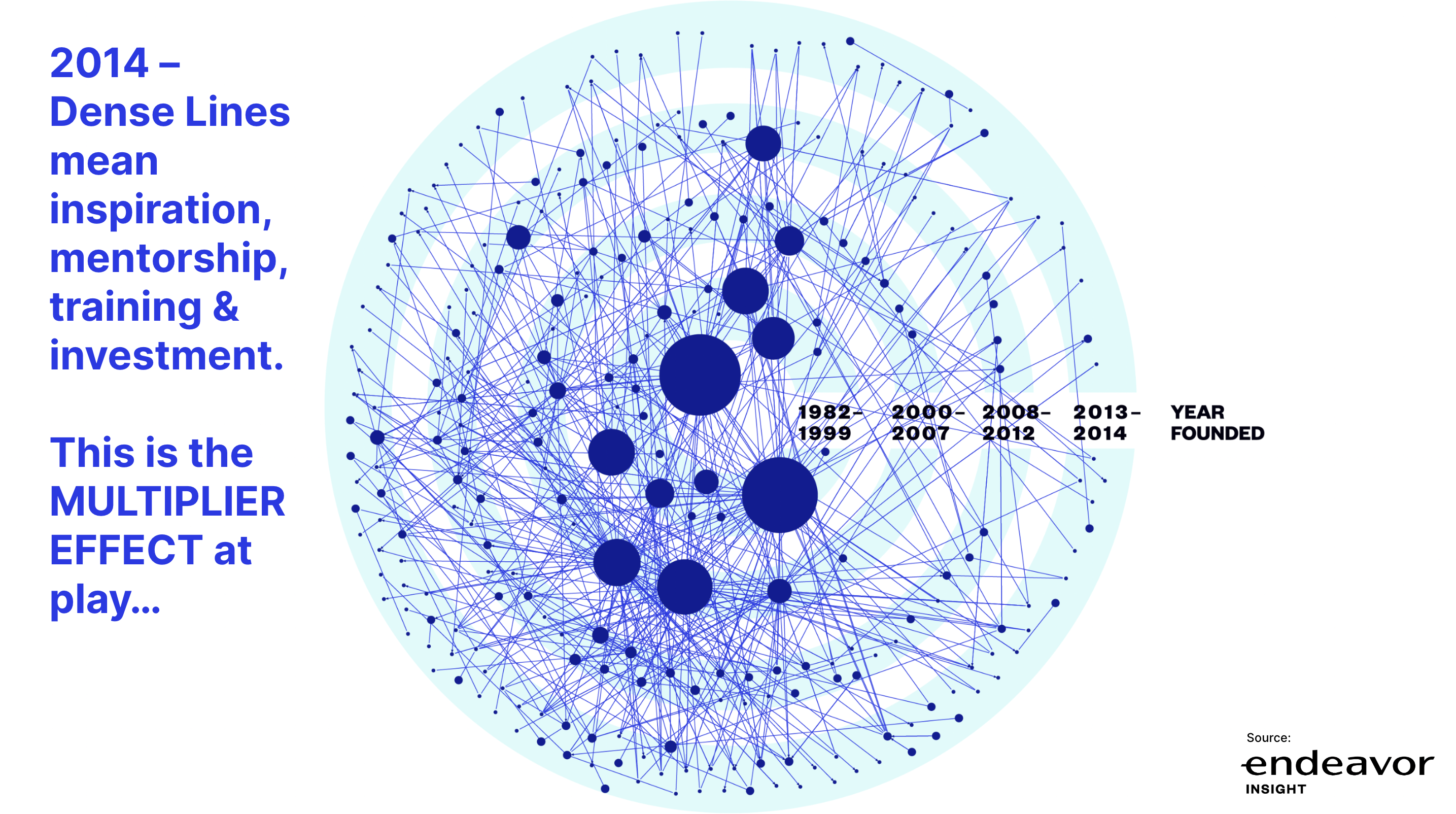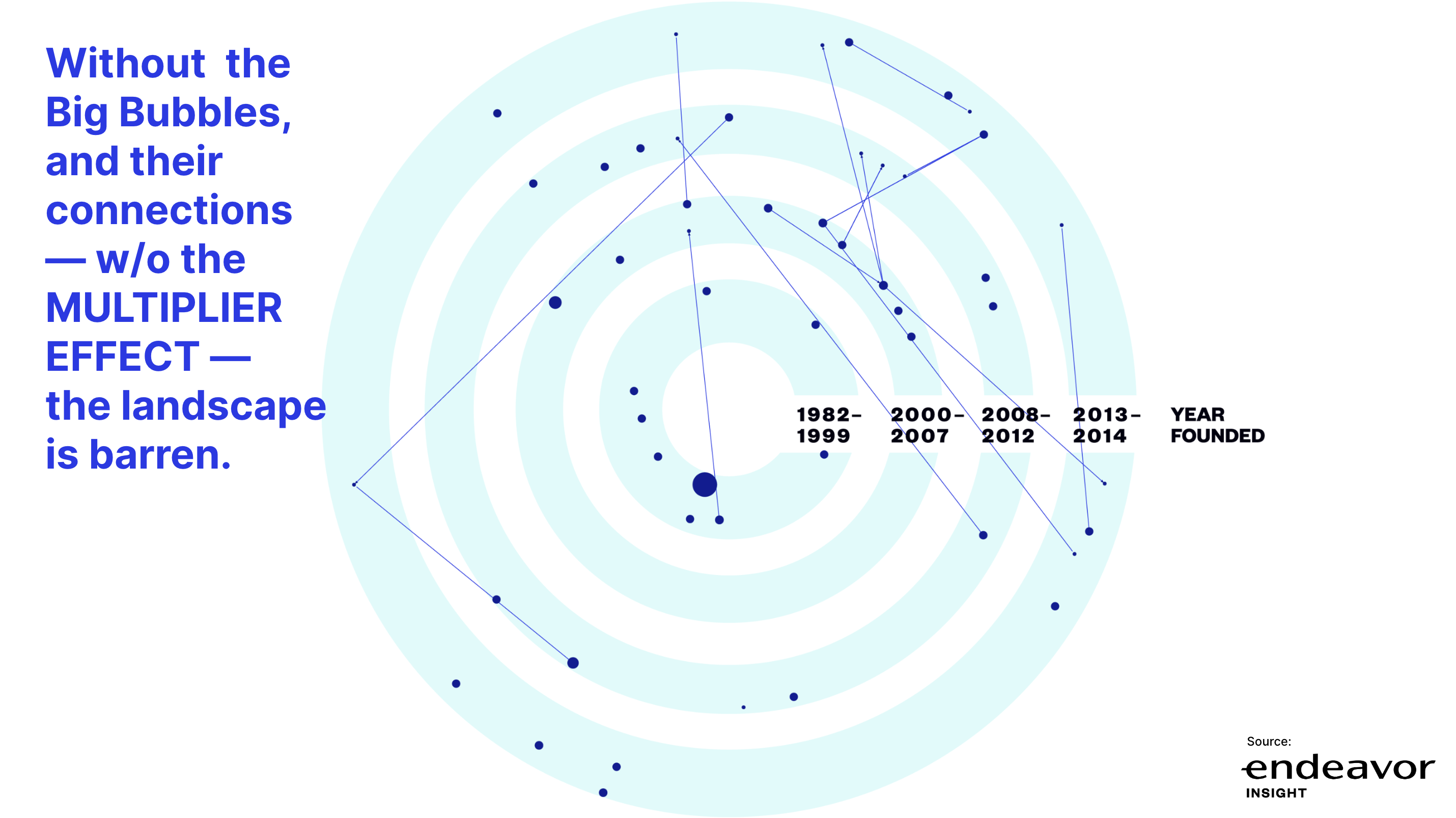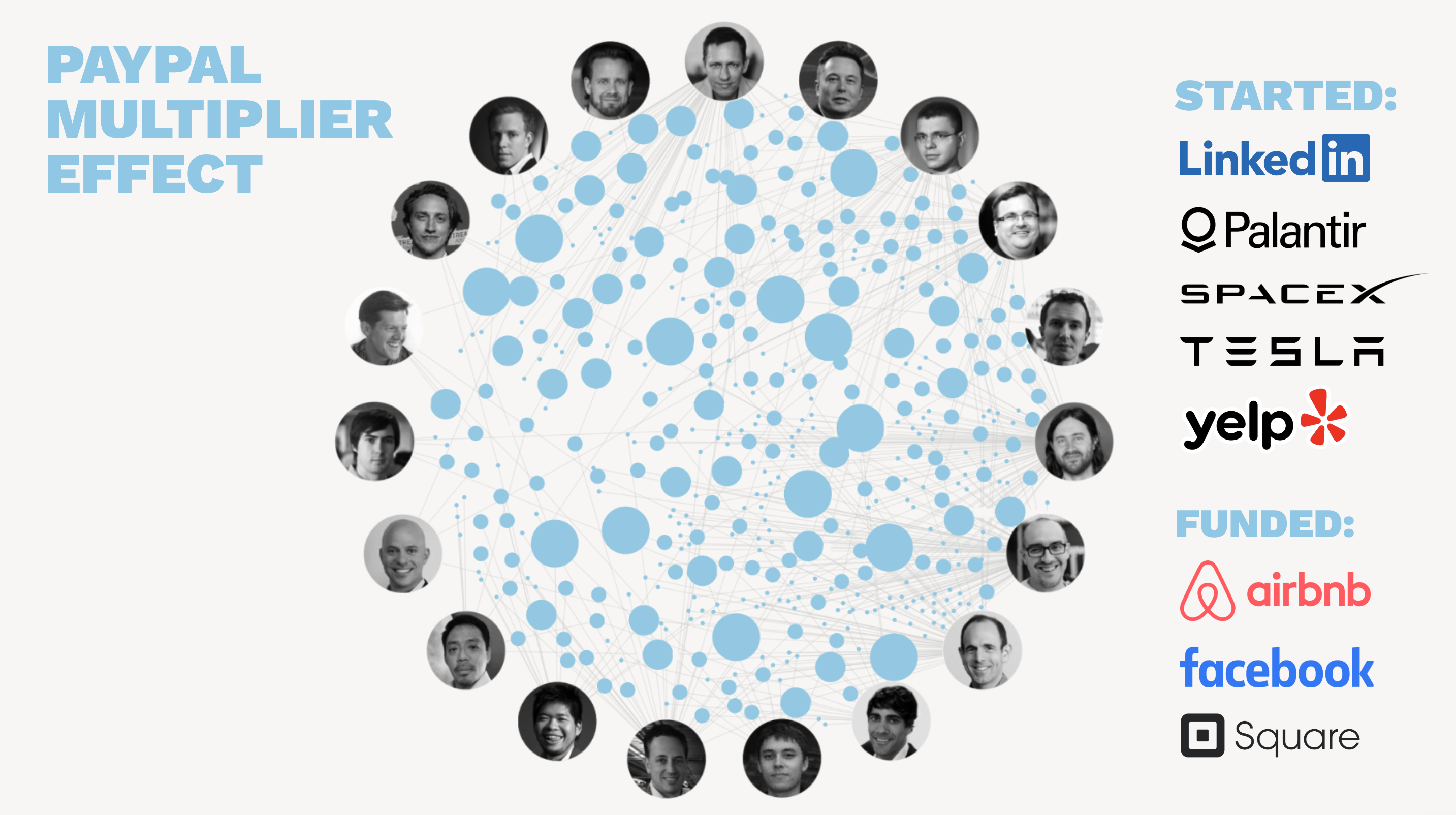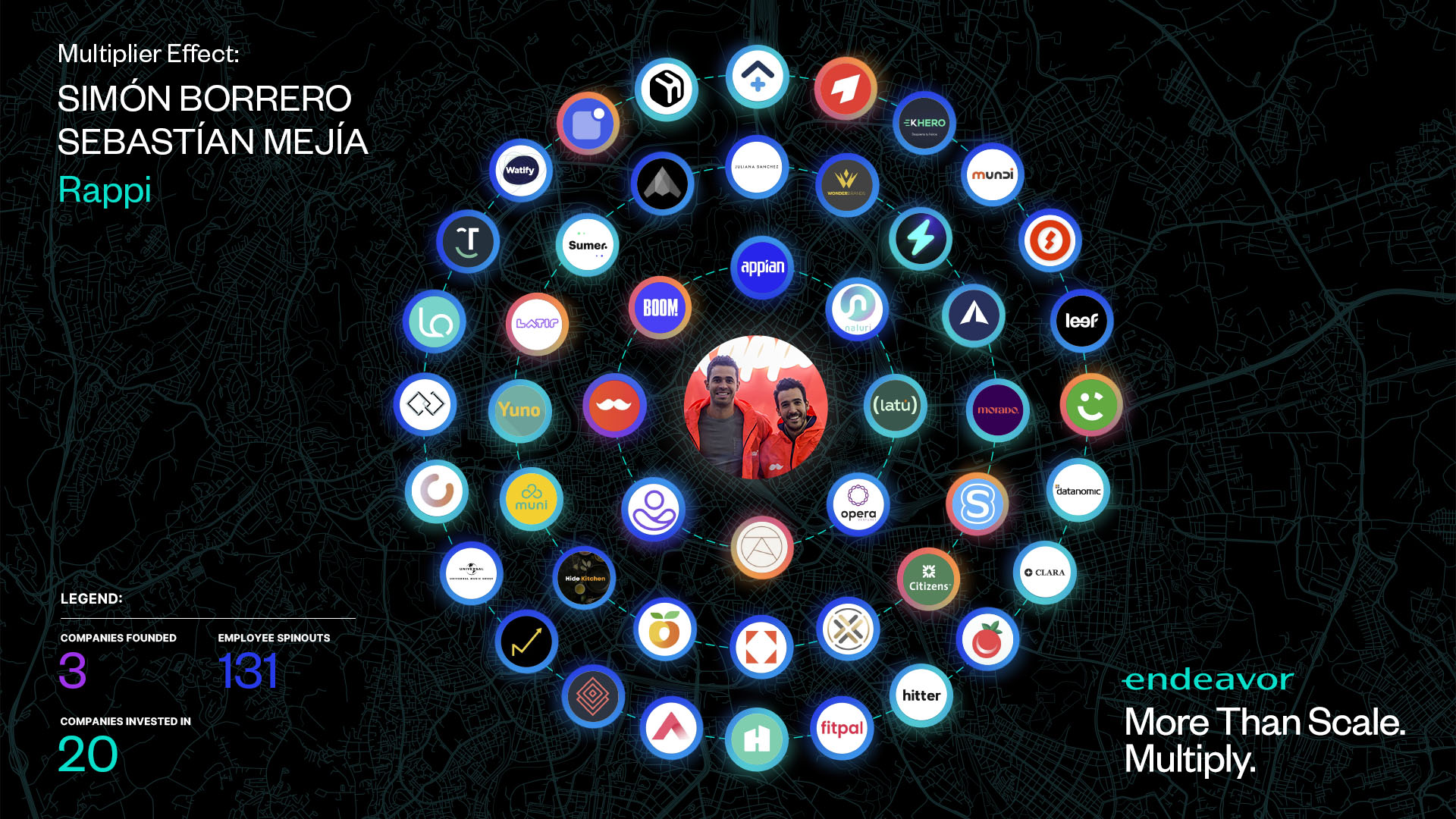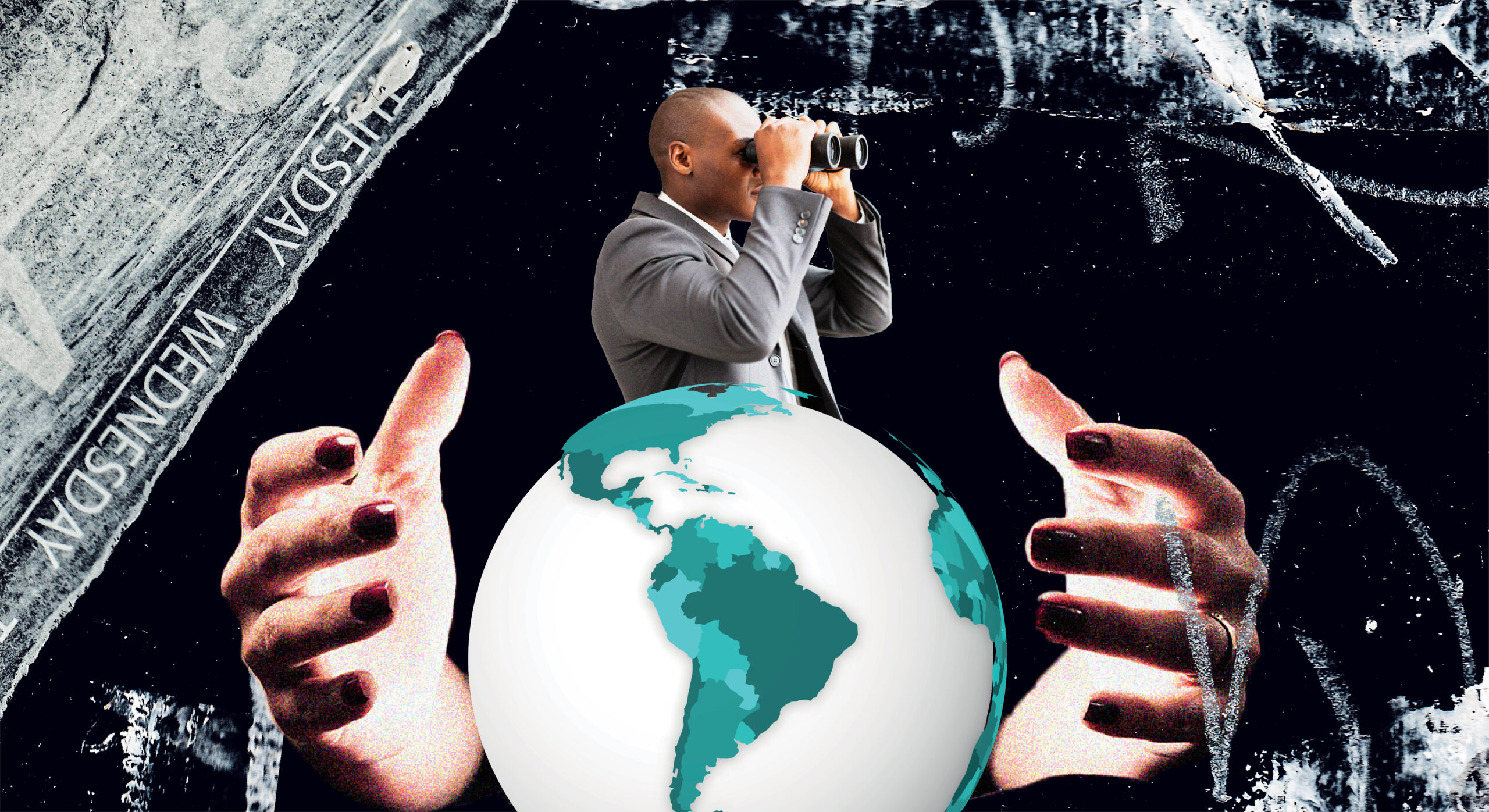If you’re wondering what the Multiplier Effect is all about, or how Endeavor is growing entrepreneurial ecosystems outside of Silicon Valley, we wanted to share this speech our co-founder and CEO Linda Rottenberg gave at the 2022 Masters of Scale Summit. In it, she shows the data behind how just 3-4 companies can create super breeding grounds for unicorns, why you haven’t heard of Route 128, and the only kind of bubble that never bursts.
Below is the full transcript of Linda’s speech, enhanced with some of the slides she showed off.
Linda Rottenberg:
2021 was the Year of the Unicorn. Every day, another startup reached the magical milestone of a $1 billion valuation.
The first mention of unicorns came in a 2013 TechCrunch article, Welcome to the Unicorn Club, written by Silicon Valley VC Aileen Lee. Lee’s Unicorn Club was mythical, aspirational, and rare: it comprised just 39 tech startups, all of which were founded in the United States. The Unicorn Club was a quintessentially American phenomenon. Or was it?
By the end of 2013, some unicorns had been bred outside the U.S., but no one was paying attention. Then, in 2017, I appeared on the first Masters of Scale podcast season. The episode was “The Next Silicon Valley?” and Reid Hoffman posed the question of whether another unicorn-breeding ecosystem could emerge outside the U.S. I said YES, everyone else said NO—except maybe in China.
So let me ask: What would you guess is the percentage of Unicorns bred outside the U.S. today?
In 2021, China birthed 17% of the total class of new unicorns and 32% came from the rest of the world. Just 51% were bred in the U.S. that year. Half the new unicorns came from outside the United States.
Next, let’s look at a timelapse of unicorn companies founded from 2014 to 2021.
Notice that in 2017 the rest of the world starts catching up. It’s essential to pay attention to hypergrowth tech startups everywhere around the world. Just imagine this unicorn timelapse stretched out a few years.
As the rest of the world produces more unicorns, those founders are becoming more globally ambitious. They’re coming after your talent, your capital, your market share. And almost no one sees this coming. So let’s look at how it’s been possible to breed unicorns and build unicorn-breeding ecosystems in places we never imagined.
Emerging Markets and the Multiplier Effect
Back in 1997, when we first launched Endeavor in Latin America, emerging markets were tech wastelands, unlikely to produce even a single startup worth $1 billion. Entrepreneurs in these markets faced multiple barriers to success, including the high cost of failure, a lack of role models, limited access to talent, lack of mentors and networks, lack of trust, and limited access to smart capital. Still, we believed if you could systematically break down these barriers, there was tremendous local talent to be unleashed.
In 1998, I met a 24-year-old Patagonian sheep farmer named Wences Casares. Some of you here know him as “Bitcoin Patient Zero.” Back then, Wences was building the E*Trade of Latin America, Patagon.com. He had pitched Patagon to every local investor; there were 34 of them, and all 34 turned him down. “I don’t have the right last name,” he told me.
Two years later, Wences sold Patagon at a valuation of $750 million—that’s $1.2 billion in today’s currency. Across Latin America, people started to say, “If Wences can do it, I can too.” Among those inspired by Wences’s story were two Argentine Stanford MBAs, Marcos Galperin and Hernan Kazah. The pair moved back to Argentina to found Mercado Libre, an online marketplace that would rival eBay and later Amazon. In August 2007, Mercado Libre became the first Latin tech company to IPO on the NASDAQ.
Inspired by the stories of Patagon and Mercado Libre, four corporate employees left their “safe” jobs to found Globant, a digitally-native software development company. Globant IPO’d on the NYSE in July 2014.
That’s when we had an Aha! moment.
" Early success stories in Latin America were fueled by the Role Model Effect. "If Wences can do it, I can too," they believed."
We likened what was happening in LatAm to the British runner, Roger Bannister. Before Roger Bannister, running a sub-four-minute mile was widely considered impossible. But once Bannister broke through the physical barrier—running a 3 min 59.4-second mile—the mental barrier also flipped: Bannister’s record lasted just 46 days. And today, more than 1,600 athletes have broken through the 4-minute mile barrier.
Similarly, the mental barrier flips when one emerging market founder breaks through.
Now as we dug deeper, we realized that successful entrepreneurs were doing more than passively inspiring the next group of founders. They were actively enabling the next generation of founders to overcome the systematic barriers we spoke of earlier. So, Endeavor coined “the Multiplier Effect” to capture these ecosystem inputs.
" The Multiplier Effect is the process whereby successful entrepreneurs inspire, train, mentor, and invest in the next generation. And it’s through the Multiplier Effect that tech ecosystems are jumpstarted. "
With our partners at Bain, we surveyed thousands of startups across multiple markets to see how the Multiplier Effect held up in practice. Let’s look at our initial research in Buenos Aires.
This is the Buenos Aires tech ecosystem in 1999. The light-blue rings represent years and the blue circles, or bubbles, represent tech startups. As you’ll see, between 1982 and 1999, only 17 startups, including Patagon and Mercado Libre, had launched. Blue lines represent connections between and among founders—inspiration, mentoring, training, investing. As of 1999, there wasn’t much connectivity.
By 2007, more startups had launched, including Globant. Those blue lines have begun to expand but the tech landscape is not yet robust. By 2014, those dense lines are everywhere—inspiration, mentorship, training, and investment are happening. This is the Multiplier Effect at play. And you’ll notice that some of the blue bubbles are larger than others. The bigger an individual bubble, the more influence that startup founder has.
The four biggest bubbles shown include Patagon, Mercado Libre, and Globant. These are the founders who catalyzed the Multiplier Effect.
But to really visualize the Multiplier Effect, let’s look at this 2014 map without the top four big bubbles and all their connections. Without them—without the Multiplier Effect—the landscape is barren, as if we’ve been transported back to 1999.
We repeated this study in multiple markets. Every study revealed the same conclusion: It takes just 3-4 big bubbles (just 3 to 4!) to jumpstart a tech ecosystem anywhere. These early successful founders fertilize what will later become unicorn-breeding grounds. Today, Latin America is home to 50 unicorns, many of whom trace their start to one of the early big bubbles.
More “PayPal Mafias”
In 2017, we began to notice another pattern. Some big bubbles were also becoming unicorn super-breeders. The super-breeders were spawning new tech companies founded by their own alumni. And this pattern reminded me of something: the PayPal Mafia.
Soon, I became obsessed with the idea of launching, or seeding, “PayPal Mafias” in emerging markets.
Below you’ll see the PayPal Multiplier Effect. The light-blue bubbles here depict the companies started and funded by early PayPal employees. You may recognize some of the names on the right.
And this below is the Rappi Mafia: Colombia’s first unicorn, and an on-demand delivery super app. The alumni of Rappi have spawned more than 100 tech companies throughout Latin America. And it’s not just happening in Latin America.
After Uber bought the Dubai-based ride-hailing company Careem, the “Careem Mafia” went into super-breeder mode. Now over 100 Careem-led companies have been launched across the Middle East and North Africa.
In Southeast Asia, we’re now seeing super-app “tech mafias” popping up. I spoke with founders of two tech firms who had trained at one of these early big bubbles. And in Sub-Saharan Africa, we’re beginning to see the beginnings of “fintech mafias.” But it’s not just the quantity of companies that these mafias are spawning; the talent, ambition, and scale of these second-generation founders are off the charts!
The Downfall of Route 128
Until now, we’ve been talking about top entrepreneurs who actively seek to multiply their impact and build their ecosystems. But the inverse also holds lessons. Here’s what not to do if you want to build a healthy unicorn breeding ground.
" Whenever I see entrepreneurs or VCs in emerging markets pushing NDAs and non-competes, or discouraging their teams from networking, I ask them: “Would you rather model yourself on Silicon Valley or Route 128?” The response is almost always, “What’s Route 128?”"
Route 128 is the highway surrounding Boston’s suburbs, where I grew up, which led development of the early computer chip industry. In fact, between the 1960s and 1980s, Route 128 dominated tech, hiring 3x as many tech workers as Silicon Valley. But the big bubbles of Route 128 did not deploy the Multiplier Effect. Instead, they tried to stamp out competition by creating vertically integrated firms, discouraging peer networking, and deploying NDAs and non-competes.
The strategy backfired. The 1990s recession hit, the “Massachusetts Miracle” abruptly ended, and today, few remember the impact of Route 128 on tech history.
By contrast, Silicon Valley’s culture was forged by a group of scientists and engineers dubbed the “Traitorous Eight” when they defected from Shockley’s secret and hierarchical semiconductor lab. The Traitorous Eight seeded Silicon Valley’s cross-pollinating culture and founded the first super-breeder tech company, Fairchild Semiconductor.
The blue bubbles we’re looking at are just the direct spin-offs of the early Fairchild team. The Fairchild Mafia actively cultivated the Multiplier Effect—inspiring, training, mentoring, and investing in the next generation. Today, 100s of Bay Area companies, the Fairchildren, trace their roots to the Traitorous Eight.
So the lesson of Route 128 is this:
" A unicorn that doesn’t breed even more unicorns is just an endangered species!"
And the lesson of the Traitorous Eight is: the more future unicorns you help breed today, the stronger your local ecosystem will be tomorrow.
But the real message is not about unicorns. It’s about the power of the Multiplier Effect to transform tech wastelands into places where jobs, innovation, and opportunities multiply.
So what does all this mean for the future of the Unicorn Club? Well, because you, Masters of Scale, are competitive, I’ll end with this: How big is your bubble?
Featured Stories
Why We Continue to Invest Actively in Egypt and the MENA Region

The 20-Year History Behind Zone’s Recent $8.5 Million Seed Round Success
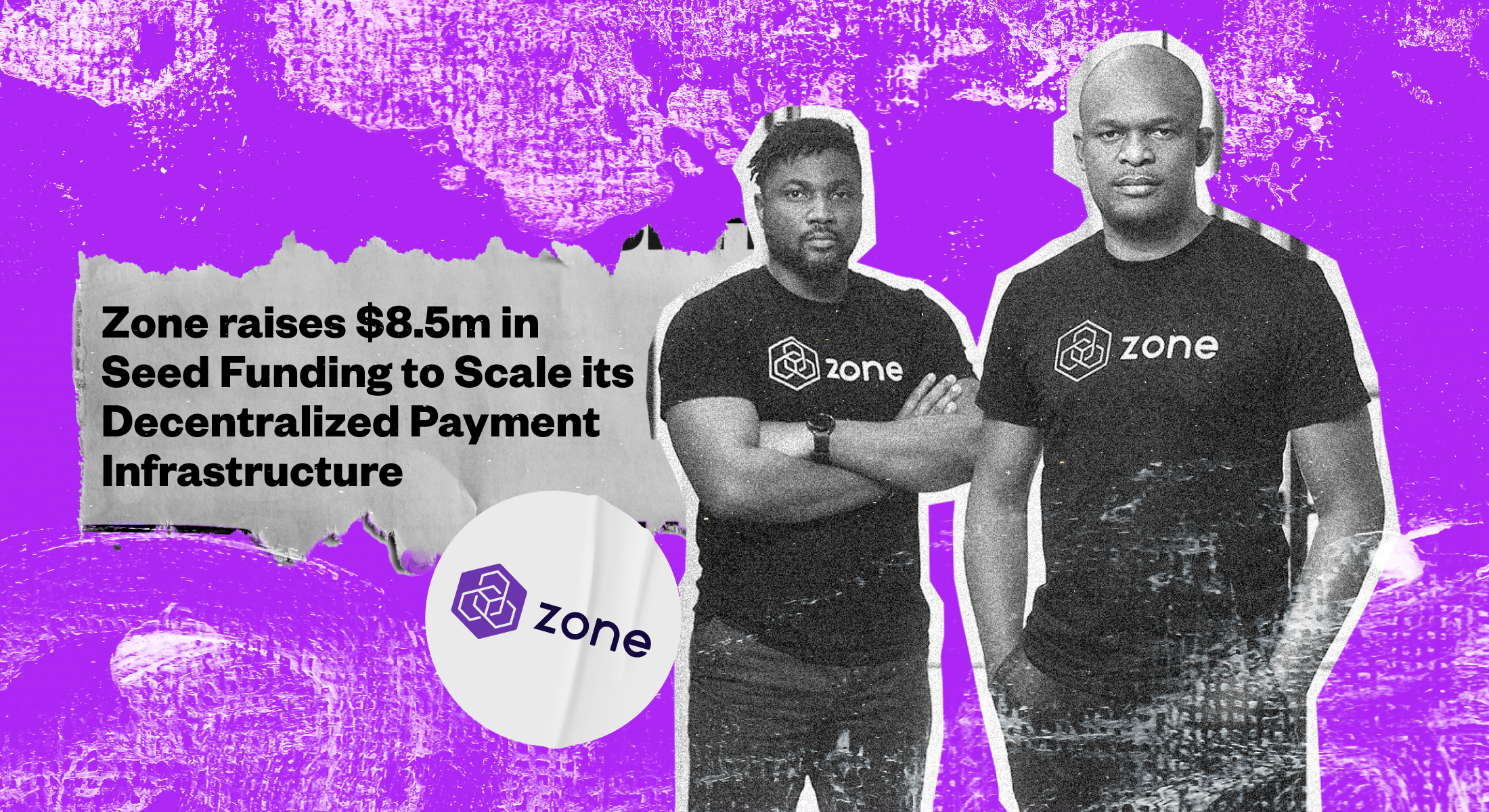
The Pioneer’s View: How ZEDEDA Has Been Defining The Future Of Data
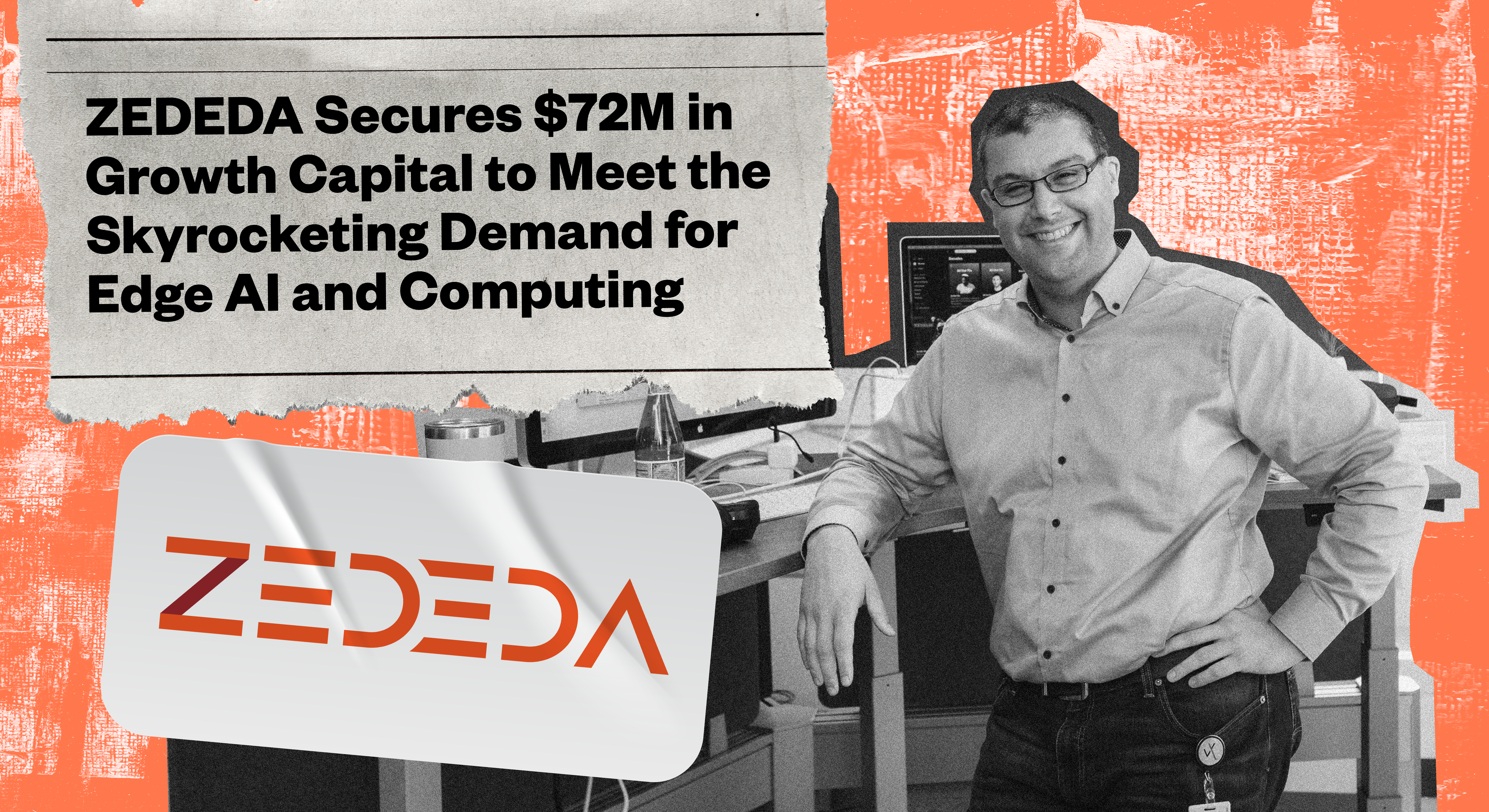
Related Articles

Beyond the headlines
Why We Continue to Invest Actively in Egypt and the MENA Region

The 20-Year History Behind Zone’s Recent $8.5 Million Seed Round Success

